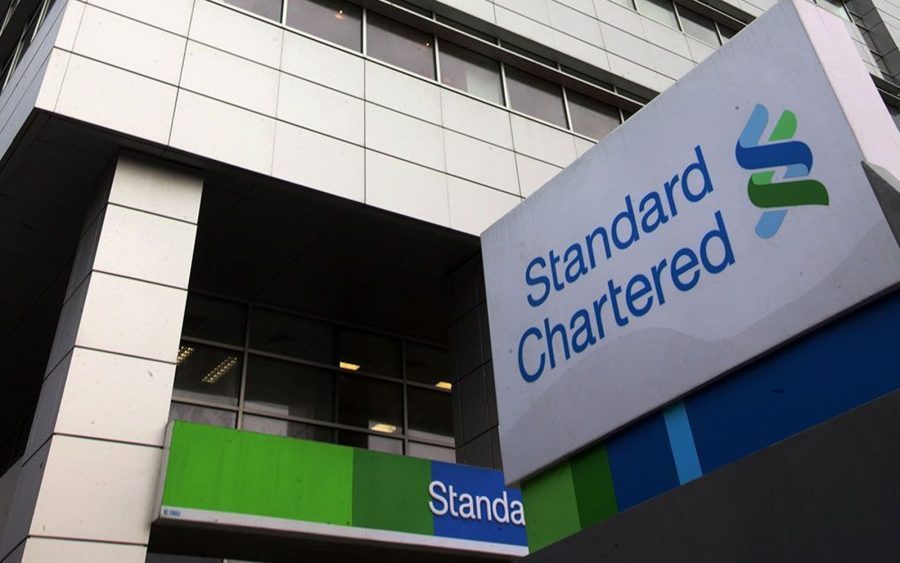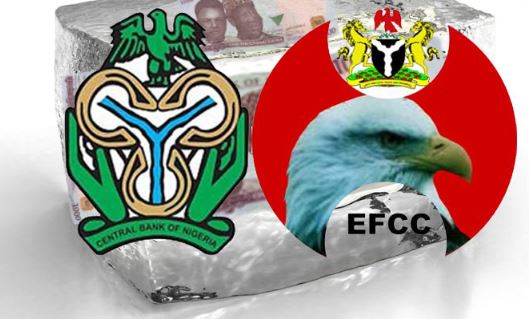Details from the Central Bank of Nigeria’s (CBN) Financial Stability Report (FSR) has revealed that in terms of size of assets and deposit of banks, the market share of the five largest banks in the country, declined to 43.30 per cent and 51.96 per cent in the first half of 2016, from 60.61 per cent and 52.94 per cent in the second half of 2015 respectively.
It was not clear if the development was linked to recession. But industry pundits finger the harshness of Treasury Single Account as implemented by the federal government since September 15, 2015.
The FSR for June 2016 posted on the central bank’s website showed that the market share of the largest bank’s deposits and assets stood at 12.84 and 13.52 per cent respectively in the first half of 2016.
The remaining 18 banks had market shares ranging from 0.21 per cent to 6.58 per cent in deposits and 0.26 per cent to 6.41 per cent in assets, reflecting low competition in the market.
This finding, according to the CBN, was supported by the Herfindahl-Hirschman Index (HHI) of the industry of 743.37 and 751.17 for deposits and assets, at end-June 2016, compared with 788.09 and 781.40 at end-December 2015, respectively.
“Despite the improvement recorded relative to the first half of the year, the structure of the banking industry in the first half of 2016 remained oligopolistic. Net domestic credit (NDC) of the banking system grew by 12.52 per cent to N24, 318.14 billion at the end of the first half of 2016, compared with the growth of 12.13 and 11.08 per cent at the end of the preceding and the corresponding periods of 2015, respectively.
“This reflected the increase in net claims on the private sector. In terms of growth in M2, NDC contributed 13.51 percentage points, compared with 12.27 percentage points at the end of the preceding half year,” it added.
CBN report also said the structure of bank credit in the first half of 2016 indicated that short-term credit remained dominant. Credit maturing within one year accounted for 46.0 per cent, compared with 47.1 per cent at the end of the second half of 2015. The medium-term7 and long-term8 credit stood at 18.1 and 35.9 per cent, compared with 16.9 per cent and 36.0 per cent at the end of the second half of 2015.
Apa rt from the fact that the report stated that the central bank’s efforts towards maintaining a stable foreign exchange rate were sustained in the first half of 2016, it revealed that external shocks, speculative demand pressure and low accretion to external reserves shattered the efforts, thus leading to a near uncontrollable status of the local currency.
But to nip the challenge on the bud, the CBN introduced the Flexible Exchange Rate regime on June 20, 2016 and revised guidelines to strengthen the operation of the foreign exchange market were issued. The objective of the new policy was to enhance efficiency, boost liquidity and promote stability in the market.
“In the review period, the average exchange rates at the interbank and BDC segments depreciated by 15.00 and 26.58 per cent from N196.99/US$ and N258.30/US$ as at end- December 2015 respectively, to close at N231.76/US$ and N351.82/US$ at end-June 2016, respectively,” it added.
“Although the outlook for the rest of the year appears to be challenging, the current measures put in place … are expected to minimise the impact of shocks to the domestic economy.”
The manufacturing sector accounted for 12.95 per cent of the total credit, compared with 13.91 per cent in the second half of 2015. Agriculture, forestry and fishery accounted for 3.08 per cent of the total, indicating a 0.69 percentage point decline compared with 3.77 per cent in the preceding half year.
Total bank loans and advances to the private sector of the economy grew by 17.62 per cent to N15, 677.68 billion at the end of the first half of 2016, in contrast to the decline of 1.44 per cent at the end of the second half of 2015. Relative to the second half of 2015, the amount of credit extended to the various sectors by banks during the review period showed an upward trend. Credit to the oil and gas sector accounted for the highest share of total credit, as it accounted for 28.78 per cent of the total, compared with 24.82 per cent in the second half of 2015









